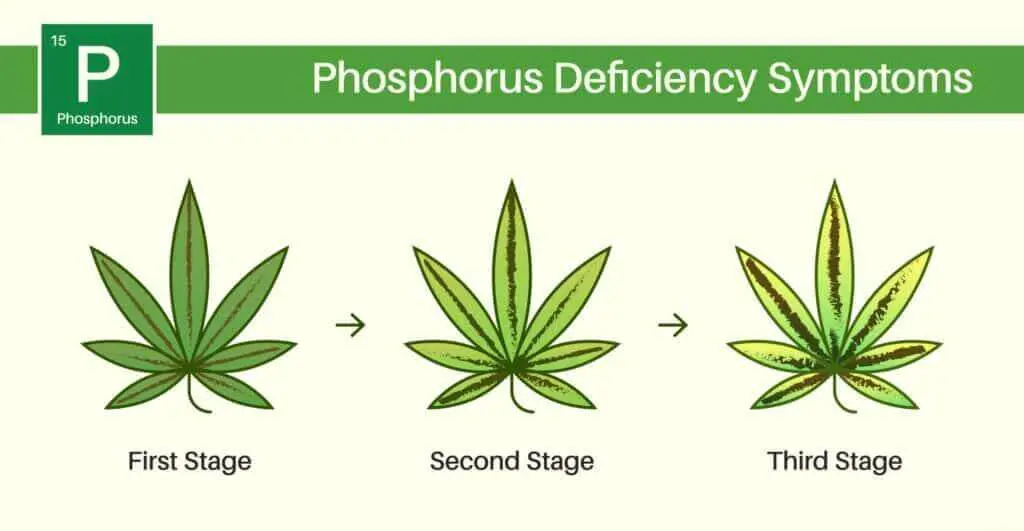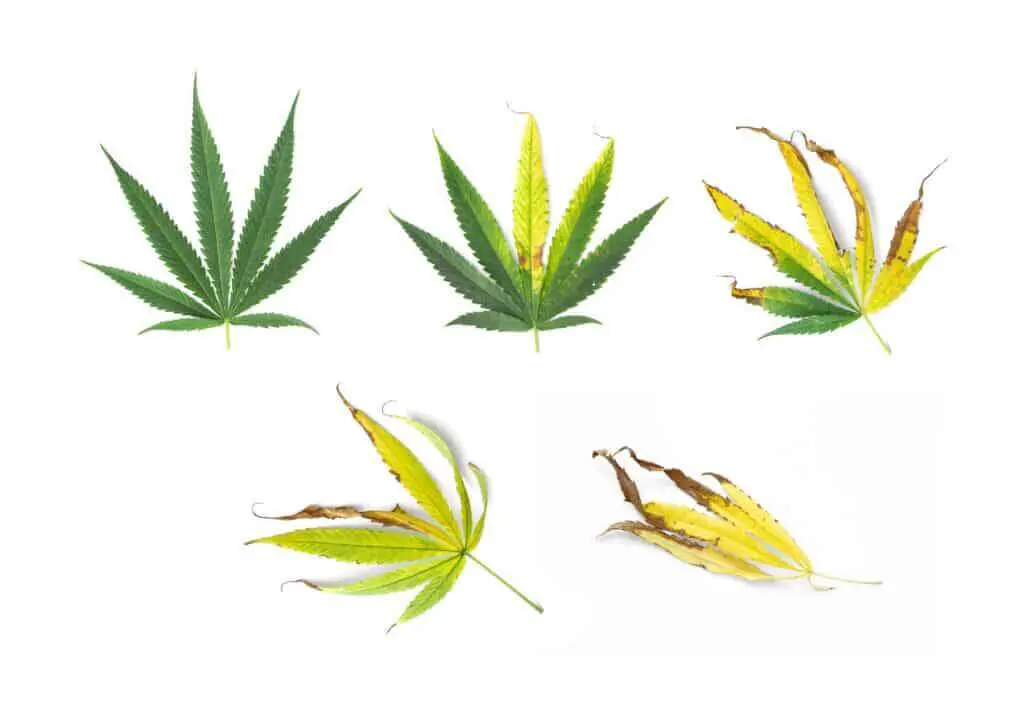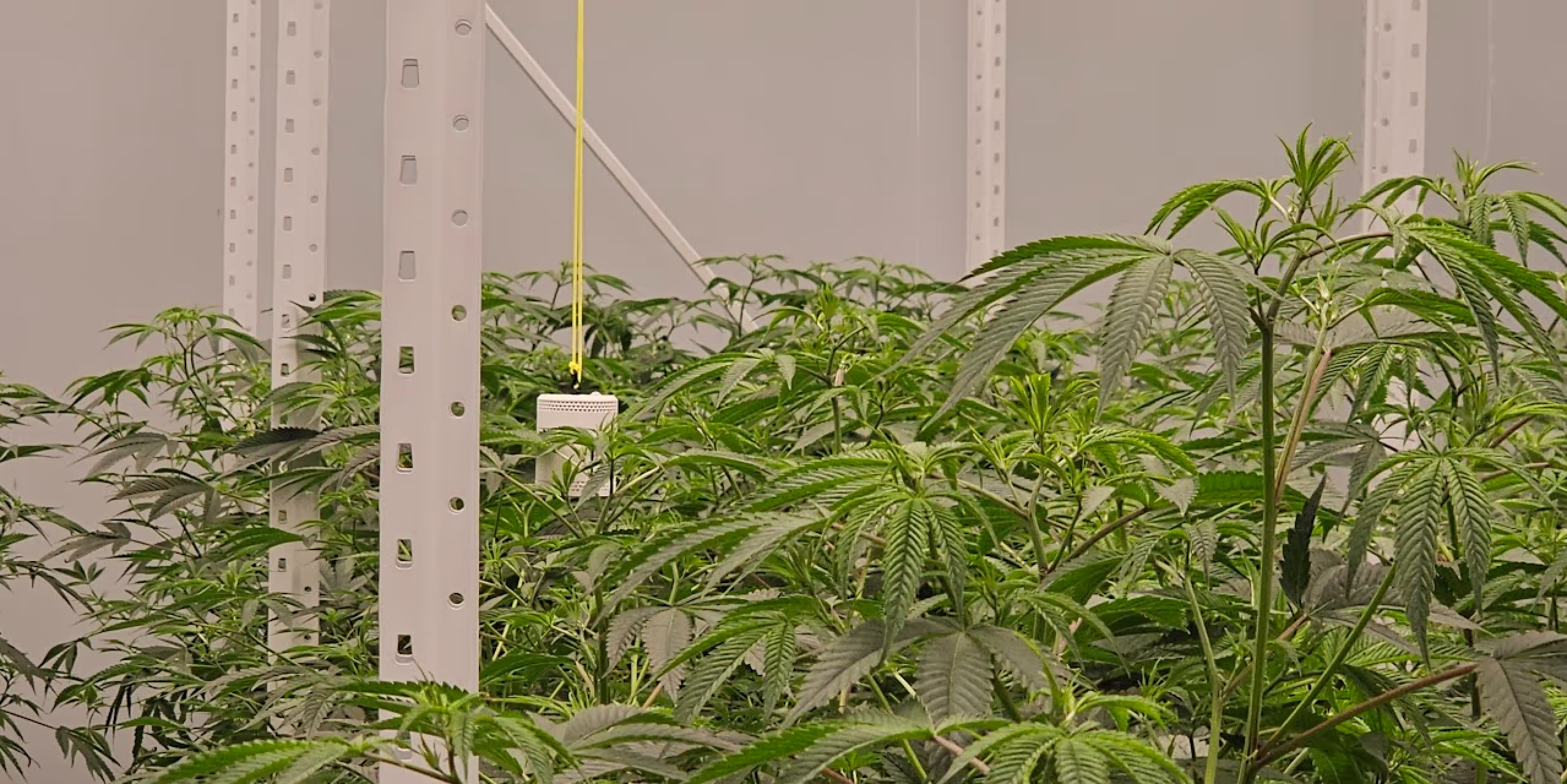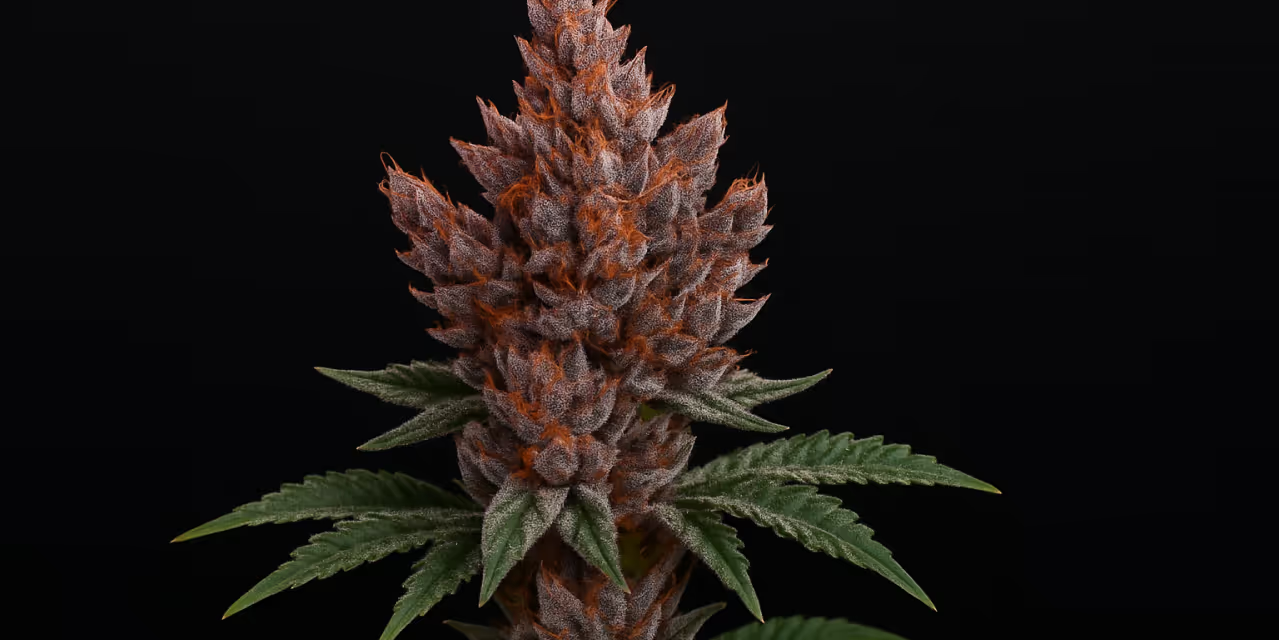Phosphorous deficiency woes? Boost your cannabis plants


There are a few things that all cannabis growers have in common.
Among the positive things like constant learning and the rewards of a healthy crop, there are plenty of headaches.
One such headache is nutrient deficiency. In this article, we will focus on one of the most common nutrient issues, Phosphorus deficiency.
Phosphorus is one of the most important nutrients that your cannabis plants require. The optimal levels of phosphorus required by your plants change throughout the growth cycle. Your plants will be particularly dependent on phosphorus during the flowering stage. While they require less of this nutrient during the vegetative period.
Without phosphorus, photosynthesis, energy transfer and root development are pretty screwed, so it’s kind of a big deal!
In this article you will learn about:
- How to spot phosphorus deficiency
- The causes of phosphorus deficiency
- Treatment methods
Phosphorus is an essential nutrient for your plants. So let’s get down to work and find an effective solution for deficient plants.
Disclaimer: Any information given on this site is for educational purposes only. Please ensure if you’re growing cannabis you’re doing so in accordance with the law and subject to appropriate permissions and licences of the applicable country.

How can you tell if your plant is lacking in phosphorus?
Some of the phosphorus deficiency symptoms in plants are:
Stunted growth:
A lack of phosphorus can cause a slower rate of growth than plants that are in full health. Phosphorus is required for essential processes in your plant’s development. For example, the creation of new tissues. Low phosphorus levels would make it a real challenge for your plants to meet a suitable production demand.
Discolouration of leaves:
Often when plants are experiencing nutrient deficiencies, their leaves will turn yellow. But just to confuse us all, a lack of phosphorus can actually cause leaves to become a dark green colour. Alternatively, if your plants are exhibiting a greyish tone, the plant’s chlorophyll levels may have risen at an alarming rate.
Purple stems:
If the stem of your cannabis plant is turning purple, its a key sign of a phosphorus deficiency. This colour change is a result of an accumulation of anthocyanins. This is a pigment that is commonly generated through a lack of phosphorus.
Reduced yield:
One of the most distressing effects of a phosphorus deficiency is that your plant’s ability to develop flowers is significantly reduced. None of us wants all our hard work to be for nothing, do we!?
Spotting the symptoms of phosphorus deficiency in plants early on gives you the best chance of finding a solution to the issue. Swift action when a symptom is spotted gives your plants the best chance of recovering so don’t hang about!
Early prevention methods
Before your plants have even popped their little heads above the soil, there are a number of actions you can take to prevent a phosphorus deficiency.
Some of the early causes of phosphorus deficiency are poor soil quality, unsuitable pH labels and other nutrient imbalances. By addressing these core elements early on, you have the best chance of avoiding a phosphorus deficiency further down the line.
Poor soil:
If the phosphorus in the soil is low, then your plant’s growth and development can be reduced even before it really begins. This is often the case in potted plants as they have a very limited amount of soil to draw nutrients from.
Low pH:
If your soil has a low pH level then this can limit the availability of certain nutrients, including phosphorus. If your soil is too acidic or too alkaline this impacts your plant’s potential to absorb vital nutrients.
Over- fertilisation:
If you are already concerned about potential nutrient deficiencies then it can be very tempting to over-fertilise your cannabis plants. However by doing this, you could cause a buildup of these nutrients that exceeds your plants ability to absorb them.
It’s also worth noting that the timing of any fertilisation is important. If fertilisation is performed at the wrong time of year then the efforts could be wasted. Your plants may not absorb nutrients at the desired rates.
Soil temperature:
Cannabis plants are not big fans of cold soil. It makes it much harder for the plants to absorb optimum amounts of phosphorus and other vital nutrients. Photosynthesis can also be impacted by soil that is too cold.
Aeration:
Properly aerated soil helps phosphorus uptake in your plants, whilst also contributing to healthy root development. There are a variety of aeration methods and tools so it’s worth experimenting until you find the one that works best for you.
Adequate watering:
Water stress is easily caused when cannabis plants experience inconsistent watering. Whether it’s too much or too little water, your plant’s ability to absorb phosphorus will be impacted. Finding the optimum watering rate and keeping it consistent are good practices to put in place in any kind of gardening.
Doing the groundwork for soil preparation can seem arduous, but it’s the best way to prevent those pesky phosphorus issues from developing later on, so don’t cut corners at this early stage!

Suggestions for preserving optimal nutrient and pH balance:
Healthy plants require steady pH and nutrient levels to grow and develop as they should.
Cannabis plants require a soil pH of between 6 and 7 for optimal and healthy growth. The best way to measure and monitor your soil pH is by combining the use of a grow room sensor and a smart soil probe.
Nutrient lockout occurs when plants cannot absorb essential nutrients because the pH is either too high or too low. If this happens, it’s imperative to restore pH balance so the nutrients may be absorbed by the plant.
If you follow these instructions, your cannabis plants will have a stable pH and nutrition level. This will ensure that your plants are getting the phosphorus and other nutrients they need to thrive.
Want to grow like a pro? Subscribe to the Grow The Best newsletter!

How to ensure you have high-quality soil and fertilisers:
Soil is one of the most complex substances on the planet, so it deserves some proper attention and dedication on our part. If we nurture our soil from the very beginning of our growing process, it will reward us further down the line. Here are some key things that you can do to ensure your soil is as good as possibly can be:
- Organic soil: Whenever possible, use organic soil. You might even find organic soil that is specially formulated for cannabis cultivation- in which case you’ve hit the jackpot. Choosing organic means that you know that the base soil you begin with is free of additives or chemicals that may negatively impact your plants later on. Excesses of other nutrients in the soil such as potassium, can impact your plant’s ability to absorb magnesium for the soil.
- Healthy appearance: The quality of soil can be judged by its overall look and texture. You want to look for a rich brown colour as this indicates a high nutrient level in the soil. Aim for crumbly, well-aerated soil as this will help with root development and water drainage.
- Slow-release fertiliser: It’s ideal to choose a slow-release fertiliser. This will ensure that your plants receive essential nutrients gradually over a long time period rather than in one big hit. It’s all about long-term sustainability over instant fixes.
- Compost: Even if you begin with top-quality soil, there is no harm in giving it an extra boost with some compost. There are so many benefits to utilising compost in your growing process.
Not only is it fairly easy and low-cost to produce, but well-nurtured compost can be incredibly nutrient dense and it’s easy to come by in abundance so you don’t have to use it sparingly. You can add compost directly into your soil mix or as a top dressing in the planting stage, either way, your plants will draw phosphorus plus many other key nutrients from it.
How Grow Sensor can help your plants avoid phosphorus deficiency
Whether it’s cannabis plants or any other kind of plant, stability is what they desire. Stable and consistent growing conditions are vital for healthy plant development. Much like us humans, shocks to the system rarely do us good!
A great way to maintain a stable growing environment is to arm yourself with as much accurate and up-to-date knowledge about the variables in your grow room. But this data capture is a lengthy and mind-boggling task to perform. There are so many variables to keep track of from temperature to humidity and light to watering schedules.
Rather than tackling all alone, it makes sense to equip yourself with a grow room sensor. This handy piece of kit will do all the hard work for you. Collecting and displaying high-quality data, leaving you free to concentrate on the many other tasks that come with growing successful crops.
Any environmental inconsistencies during the growth cycle will be clearly highlighted to you, allowing you to put measures in place to avoid nutrient deficiencies or any other potential grow room disasters.

How to fix phosphorus deficiency in plants?
Depending on the severity of the phosphorus deficiency, the life cycle stage of your plants and the amount of time you have, there are a number of things you can do to help your deficient plants.
Quick fixes are rarely the answer to our problems, but if you are really strapped for time, then you could use a foliar fertiliser that contains phosphorus. This can be applied to the leaves of your cannabis plants to correct a phosphorus deficiency even in the latter stages of your growth cycle.
Ideally, you will have more time to consider the options available to you and to give your plants some tender loving care! Here are some options that you could choose from:
- Compost tea: applying a nutrient-dense compost tea to your plants can quickly give them the perk they need. The compost tea will restore some vital nutrients including phosphorus allowing your plant to continue to focus on strong and healthy growth. Do bear in mind that it may take a while for the benefits of compost tea to be visible in your plants. This is a softly- softly approach rather than an instant solution. You can buy compost tea but you can also make your own. It’s a great home remedy for phosphorus deficiency in plants of all kinds.
- Adjust the pH: if you are tackling a fairly minor deficiency then simply adjusting your soil’s pH level may do the trick to revitalise your plants.
- Environmental conditions: if your plants are experiencing stress through inadequate environmental conditions on top of a deficiency then it’s vital to address the conditions as soon as possible. With the help of high-level data from a grow room sensor, you can make informed decisions about how to adapt your grow room conditions so as to best support your plants.
Takeaways
Phosphorous deficiency is a common problem in cannabis growing that can lead to reduced growth and improper plant development. The good news is that it’s an issue that is often preventable and treatable.
- Spotting the deficiency symptoms of phosphorus in plants early is key.
- Focusing on soil quality from the get-go is vital to ensure your plants get the best start and benefit from a consistent base to grow within.
- Keeping a close eye on pH levels and nutrient balance is key
- Utilising a grow room sensor will help you to avoid inconsistencies in your growing environment.
- There are many natural prevention and treatment methods that you can try before having to resort to harsher solutions.
Remember that we are all learning and developing our skills as growers, so don’t be shy in reaching out, asking questions and sharing knowledge. Together we can all support each other to grow top-quality, healthy and happy plants.
Discover the best growing tips – sign up for the Grow The Best newsletter!









.avif)








